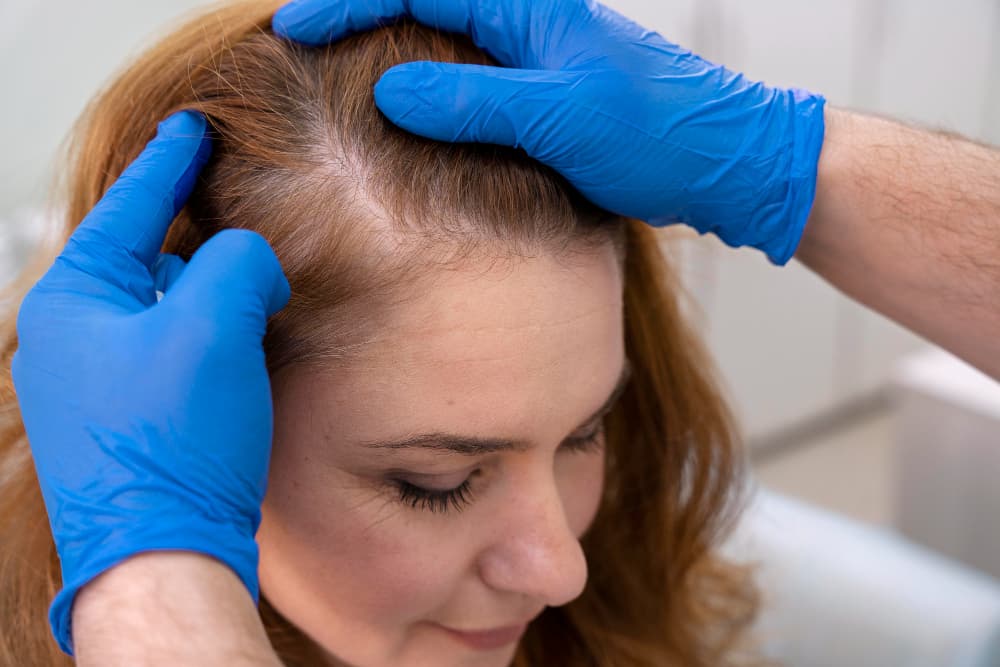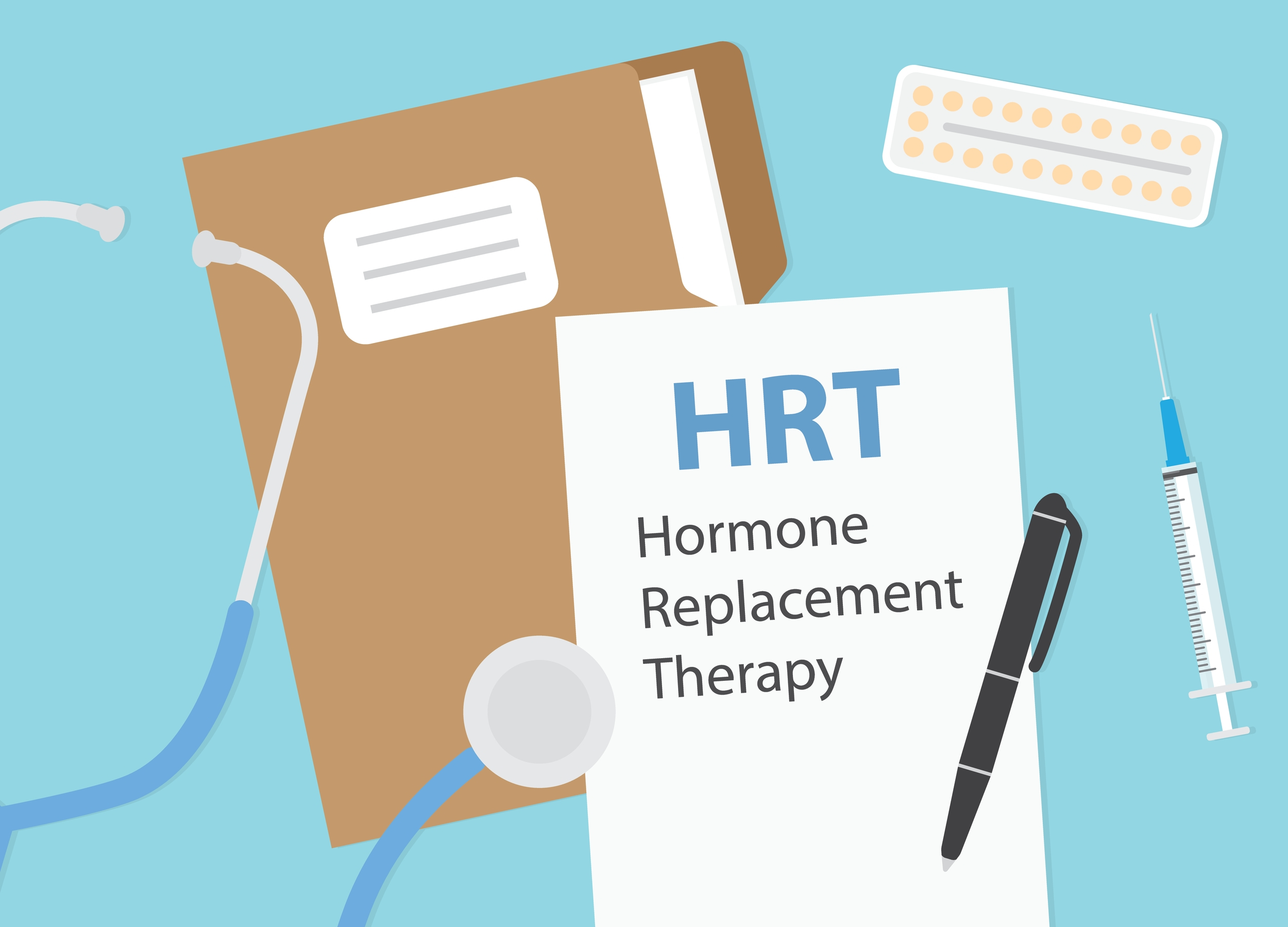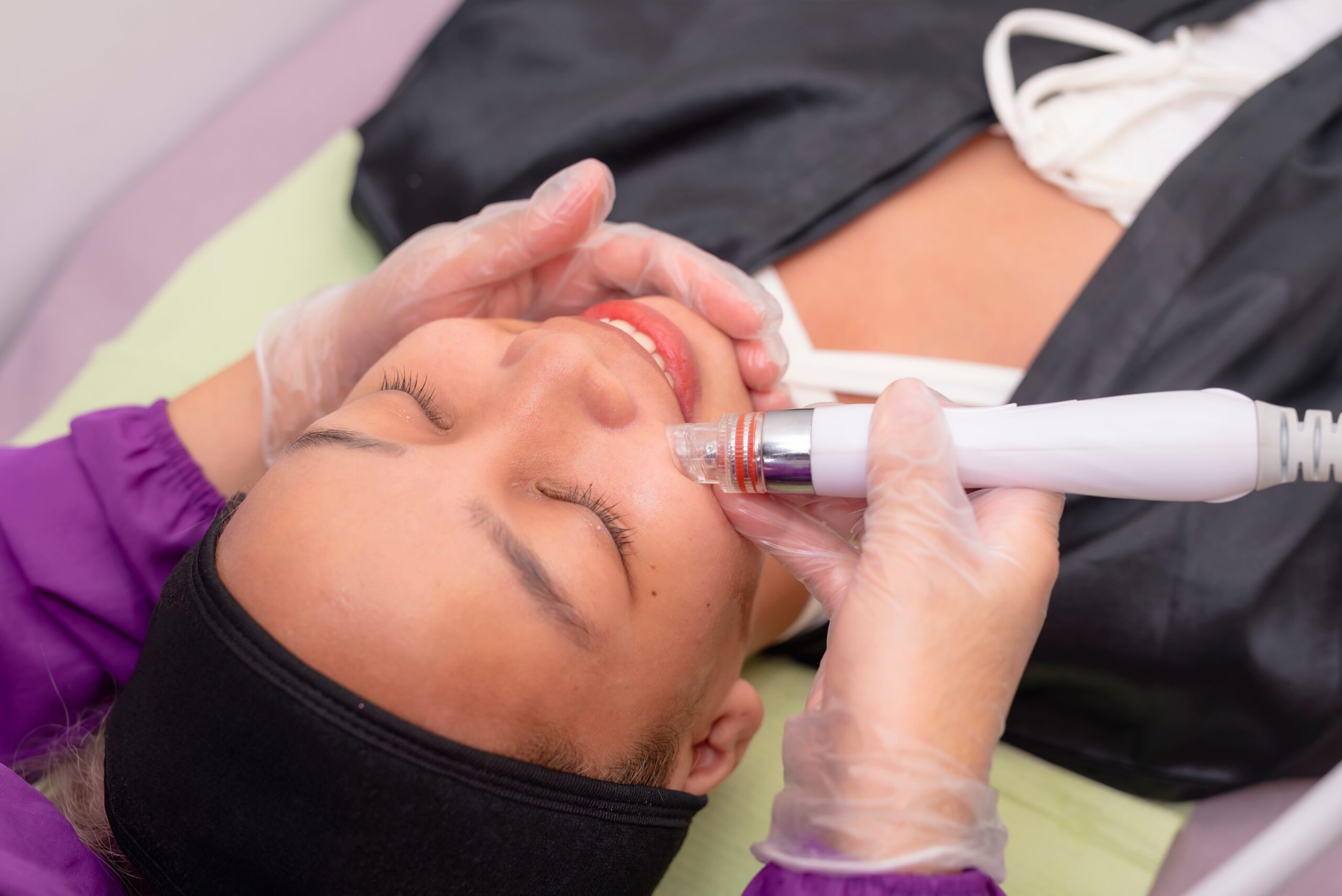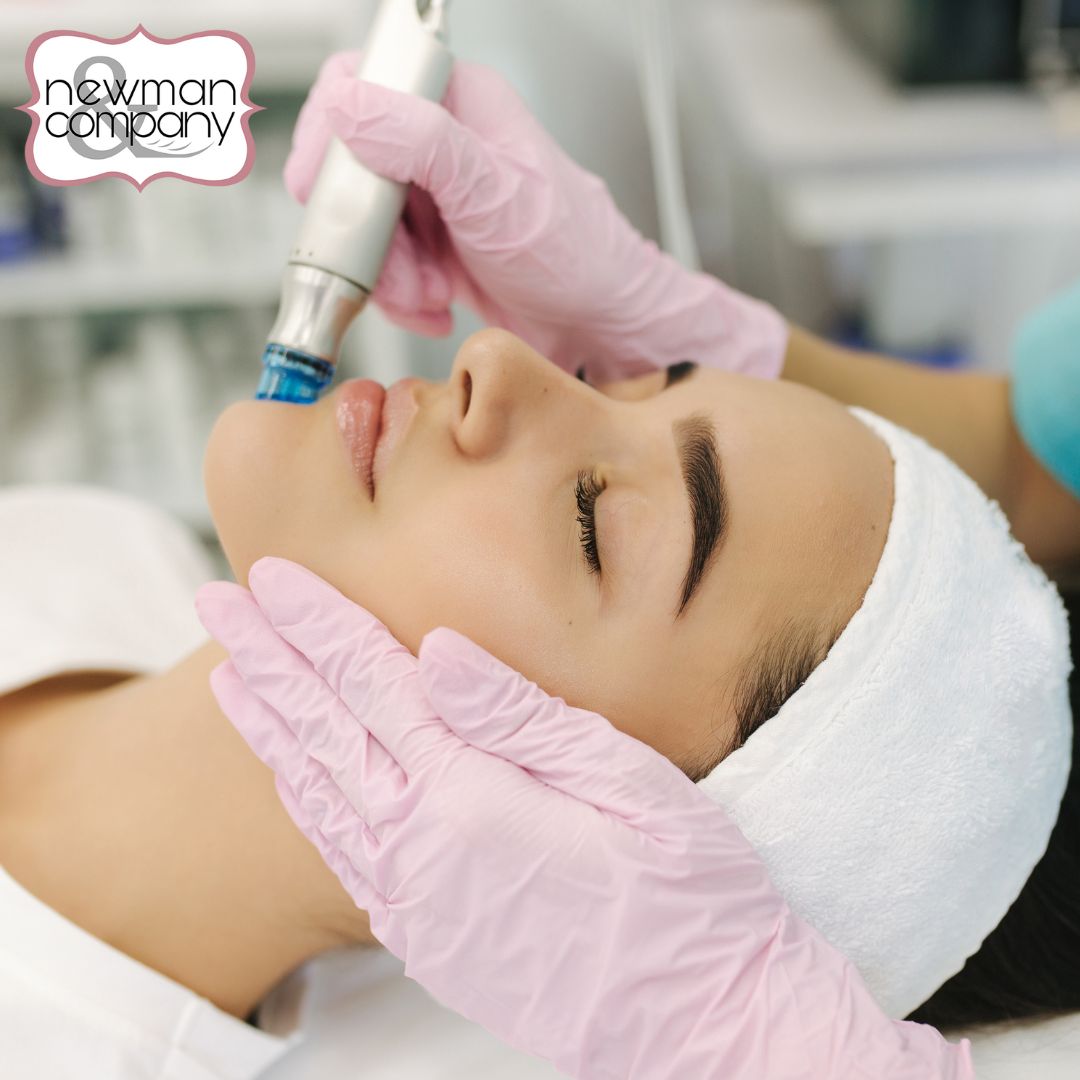If someone is experiencing hair loss, they’re not alone. In fact, over 35 million men and 30 million women in the United States are affected by some form of hair loss. While there are a number of traditional treatments available for hair loss, such as Minoxidil or Finasteride, many people are now turning to PRP hair restoration treatment as an alternative. PRP, or platelet-rich plasma, is a treatment that uses the patient’s own blood to help stimulate hair growth. In this blog post, we will discuss what PRP hair restoration is and how it works, who is a good candidate for treatment, the benefits of PRP over traditional treatments, and the cost and risks associated with PRP treatment.
1. What is PRP Hair Restoration and How Does It Work?
PRP hair restoration is a treatment that uses the patient’s own blood to help stimulate hair growth. The plasma, which is the liquid portion of the blood, is rich in platelets and growth factors. These platelets and growth factors are then injected into the scalp, where they work to promote hair growth.
2. Who is a Good Candidate for a PRP Hair Restoration Treatment?
Most people who are experiencing hair loss are good candidates for PRP hair restoration treatment. However, it is important for someone to consult with a health provider to determine if this is the right treatment for them.
3. What Are the Benefits of PRP Hair Restoration Treatment Over Traditional Hair Loss Treatments Like Minoxidil or Finasteride?
There are a number of benefits of PRP hair restoration treatment over traditional treatments like Minoxidil or Finasteride. First, PRP is a natural treatment that uses the patient’s own blood. Second, PRP is less invasive than other treatments and does not require surgery. Third, PRP is a relatively quick and easy procedure with little downtime afterwards. Fourth, PRP is affordable and covered by most insurance plans. Fifth, PRP has been shown to be more effective than traditional treatments in many cases.
4. How Long Does the PRP Hair Restoration Treatment Process Take, and What is the Downtime Afterwards Like?
The PRP hair restoration treatment process takes about 30 minutes. There is little to no downtime afterwards, and most people are able to return to their normal activities immediately.
5. Are There Any Risks Associated With PRP Hair Treatment, and How Common Are They?
There are some risks associated with PRP hair treatment, but they are rare and typically mild. The most common side effects include temporary redness, swelling, and bruising at the injection site.
PRP hair restoration is a safe and effective treatment for hair loss. If someone is considering this treatment, be sure to consult with a health provider to determine if it is the right option for them.
Looking for PRP Hair Restoration in New Braunfels or Austin, TX? Give Newman & Co a call today at 866-905-7005 or visit their website to learn more https://newmancmpy.com/














